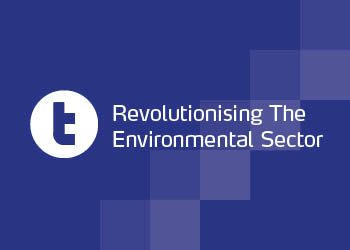The second stage of the Resource Association’s Recycling Quality Information Point (ReQIP) has been published that provides information about the impact contaminants have on recycling.
Maximum levels of contamination that can be handled by reprocessors of each major recycling stream were published under the first stage of the project.
But this takes it a stage further by providing a reference chart that sets out how each contaminant affects the market value of the recyclate.
To help local authorities and companies collecting recyclables to gauge the impact that individual contaminants have on the market value of each type of recyclate, a grading system has been provided that distinguishes between six levels.
This ranges from recyclates which can be reasonably mixed together without impacting on price, to those that when mixed together in notable proportions will lead to rejection by reprocessors.
It also provides advice for collectors about consideration that should be taken on board when rolling out a collection scheme for specific recyclables.
The project has been coordinated by Resource Association member and industry specialist Peter Mansfield & Associates. It was compiled from information from 36 reprocessor companies and represents quality specifications for 12,917,800 tonnes of UK paper, glass, plastics and metals along with green and wood wastes, batteries, textiles and beverage cartons.
Resource Association chief executive Ray Georgeson (pictured) said: “Local authorities and companies responsible for the collection and sale of recyclate want to know the impact that specific contaminants have on value. Furthermore, with the introduction of the Waste Regulations, there are requirements on collectors to ensure that material is suitable for high-quality recycling.
“This development of the ReQIP project provides a comprehensive account of UK reprocessor requirements, which we hope will inform decisions at a crucial stage of the secondary materials supply chain.”
More information is available at www.resourceassociation.com/reqip












